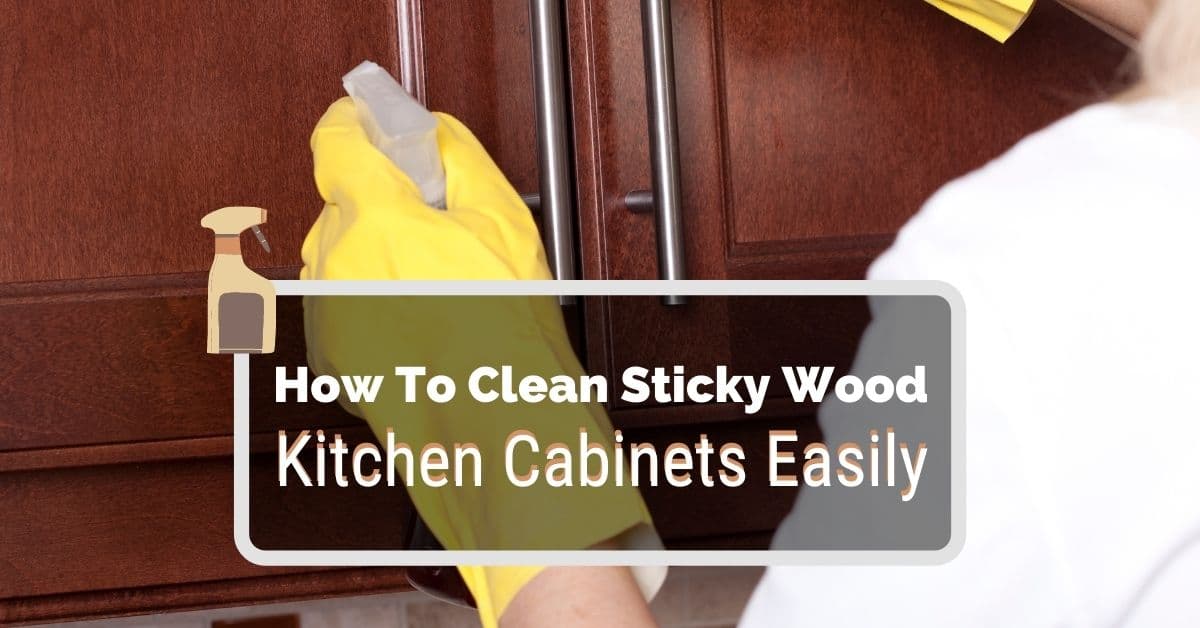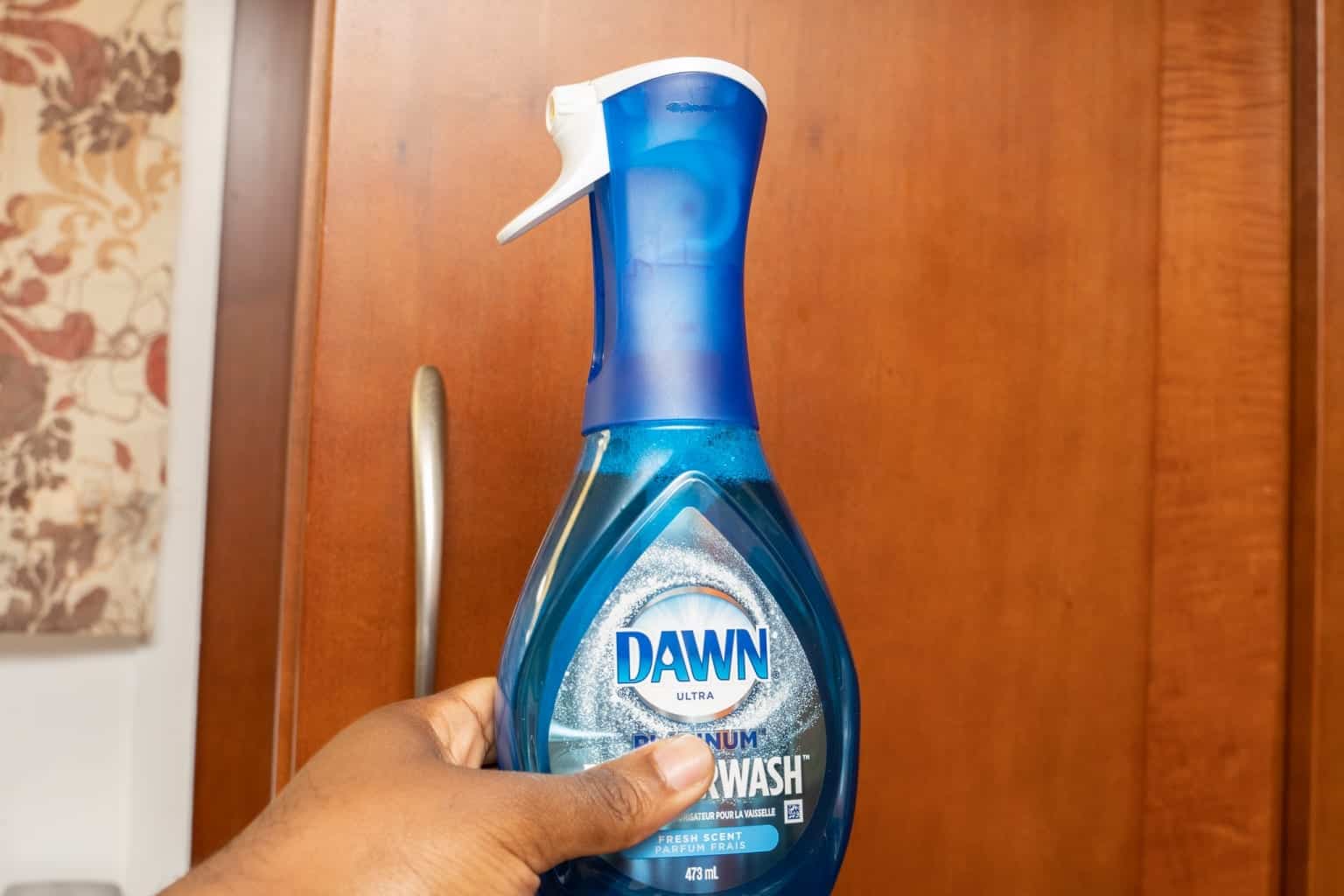Understanding the Sticky Situation: How Do I Clean Sticky Wood Cabinets

Before you start scrubbing, it’s crucial to understand what’s causing the stickiness on your wood cabinets. This will help you choose the right cleaning method and avoid damaging the wood.
Common Causes of Stickiness
The stickiness on your wood cabinets can be caused by several factors, including:
- Spills: Sticky substances like syrup, honey, or even sugary drinks can leave behind a residue that dries and becomes difficult to remove.
- Grease: Cooking oil, butter, and other greasy substances can easily transfer to your cabinets, especially if they’re near the stove or kitchen sink.
- Varnish Buildup: Over time, layers of varnish can build up on your cabinets, making them sticky and dull. This is more common in older homes or cabinets that haven’t been properly maintained.
- Dust and Debris: Dust, dirt, and other debris can accumulate on your cabinets, making them feel sticky and unpleasant to touch.
Importance of Identifying the Source of Stickiness
Knowing the source of the stickiness is essential for choosing the appropriate cleaning method. For instance, using a harsh chemical on a spill caused by a sugary substance might damage the wood, while a gentle cleaning solution might be enough to remove grease residue.
Potential Dangers of Harsh Chemicals
While some harsh chemicals might seem effective in removing stickiness, they can also damage the finish of your wood cabinets. This can lead to discoloration, warping, or even cracking. It’s always best to start with gentle cleaning methods and only resort to stronger solutions if necessary.
Gentle Cleaning Methods

Before you resort to harsh chemicals, try these gentle cleaning methods to remove sticky residue from your wood cabinets. These methods are effective, safe for your cabinets, and often require ingredients you already have at home.
Cleaning with Mild Soap and Water
A mild soap and water solution is often enough to tackle light stickiness.
- Gather your supplies: You’ll need a soft cloth, warm water, and a mild dish soap.
- Mix the solution: In a bowl, combine warm water and a few drops of dish soap. Avoid using harsh detergents or abrasive cleaners.
- Dampen the cloth: Dip the soft cloth into the soapy water and wring out excess moisture.
- Clean the cabinets: Gently wipe down the sticky surfaces with the damp cloth. Work in circular motions to loosen the sticky residue.
- Rinse and dry: Once you’ve cleaned the entire surface, rinse the cloth with clean water and wipe down the cabinets again to remove any soap residue. Dry the cabinets thoroughly with a clean, dry cloth.
Removing Sticky Residue with Baking Soda or Vinegar
For more stubborn stickiness, baking soda or vinegar can provide extra cleaning power.
- Baking soda: Make a paste by combining baking soda with a small amount of water. Apply the paste to the sticky areas and let it sit for a few minutes. Gently scrub the area with a soft cloth and rinse with water.
- Vinegar: Vinegar can be used as a natural cleaner and deodorizer. Soak a cloth in vinegar and wipe down the sticky surfaces. Allow the vinegar to sit for a few minutes, then rinse with water and dry thoroughly.
Using a Soft Cloth or Sponge for Gentle Scrubbing
Always use a soft cloth or sponge when cleaning wood cabinets to avoid scratching the surface.
- Microfiber cloths: Microfiber cloths are excellent for cleaning wood surfaces because they are soft, absorbent, and lint-free. They are also reusable, making them a more eco-friendly option.
- Sponges: If you choose to use a sponge, make sure it is soft and non-abrasive. Avoid using sponges with rough sides or scrubbers.
Advanced Cleaning Techniques

Sometimes, gentle cleaning methods may not be enough to remove stubborn sticky residue from your wood cabinets. In such cases, you may need to resort to more powerful cleaning agents.
Using Mineral Spirits or Denatured Alcohol
Mineral spirits and denatured alcohol are effective solvents that can break down sticky substances like glue, paint, and varnish. However, they are also harsh chemicals and should be used with caution.
Before applying either of these solvents, test them on an inconspicuous area of the cabinet to ensure they do not damage the finish. If the test area is fine, apply the solvent to a clean cloth and gently rub it over the sticky residue. Avoid soaking the wood as this can cause damage.
After applying the solvent, wipe the area clean with a damp cloth and allow the wood to dry completely. If the residue is still present, repeat the process.
Applying a Wood Polish or Sealant
After cleaning your cabinets, it is essential to protect them from future damage by applying a wood polish or sealant. This will help to restore the shine and protect the wood from moisture and scratches.
Choose a wood polish or sealant that is specifically designed for the type of wood your cabinets are made from. Apply the polish or sealant according to the manufacturer’s instructions.
Effectiveness of Different Cleaning Solutions, How do i clean sticky wood cabinets
The effectiveness of different cleaning solutions for various types of sticky residue can vary. The following table summarizes the effectiveness of some common cleaning solutions for different types of sticky residue:
| Cleaning Solution | Effectiveness for |
|—|—|
| Warm soapy water | Food spills, light sticky residue |
| Baking soda paste | Grease, oil, sticky residue from food |
| White vinegar | Sticky residue from food, water stains |
| Mineral spirits | Glue, paint, varnish |
| Denatured alcohol | Sticky residue from glue, tape, markers |
| Commercial wood cleaner | General cleaning, removing light sticky residue |
How do i clean sticky wood cabinets – Cleaning sticky wood cabinets can be a challenge, but using a natural cleaner can be an effective and eco-friendly solution. For a gentle yet effective cleaning solution, consider a natural wood cabinet cleaner recipe , which often incorporates ingredients like vinegar, lemon juice, and olive oil.
These ingredients can help dissolve sticky residues and nourish the wood, leaving your cabinets clean and refreshed.
Cleaning sticky wood cabinets can be a daunting task, but it’s essential to restore their beauty and functionality. The sticky residue often found on cabinet doors can be particularly stubborn, requiring specific cleaning techniques. To effectively tackle this issue, it’s crucial to address the sticky surfaces directly, and a helpful resource for this is a guide on clean sticky wooden cabinet doors.
Once the doors are clean, you can then focus on the remaining cabinet surfaces, using appropriate cleaning solutions and methods to ensure a thorough and effective cleaning process.
